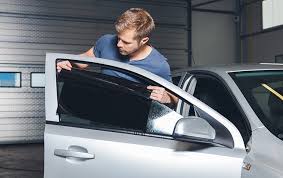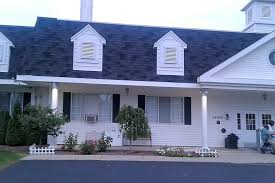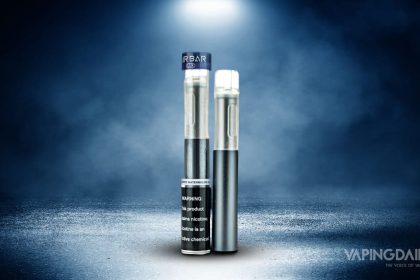Tinted windows have become a popular addition to automobiles, homes, and commercial buildings, providing a range of benefits beyond just aesthetic appeal. The application of a thin film or layer of tinted material to security film for windows offers various advantages, including improved privacy, enhanced style, increased UV protection, and improved energy efficiency.
Style and Privacy
One of the primary reasons people opt for tinted windows is the added style they bring to a vehicle or property. Tinted windows can give a sleek and sophisticated appearance, enhancing the overall look of a car or building. Additionally, they offer increased privacy by reducing visibility from the outside. This aspect is particularly appealing for both personal vehicles and homes, providing occupants with a greater sense of security and seclusion.
UV Protection
Tinted windows are also effective in blocking harmful ultraviolet (UV) rays from the sun. These rays can cause damage to skin and eyes, contribute to fading of interior furnishings, and even increase the risk of skin cancer with prolonged exposure. High-quality window tints can significantly reduce UV radiation penetration, offering occupants protection from its adverse effects.
Heat Reduction and Energy Efficiency
Window tints can help regulate indoor temperatures by reducing heat buildup caused by sunlight. This effect is especially beneficial during hot summers or in regions with intense sunlight. By minimizing the amount of heat that enters through the windows, tinted films can contribute to a more comfortable indoor environment and reduce reliance on air conditioning, thus leading to potential energy savings.
Safety and Security
In the event of a glass breakage, window tinting can hold glass shards together, reducing the risk of injury from flying glass pieces. This property enhances the overall safety of vehicles and buildings, making them more resilient against accidents or forced entries.
Types of Window Tints
Window tints come in various types and shades, offering different levels of visibility, heat reduction, and UV protection. Some common types include dyed film, metalized film, carbon film, and ceramic film. Each type has its own set of characteristics, such as heat rejection capabilities, color stability, and durability. The choice of tint often depends on individual preferences, specific needs, and local regulations regarding permissible tint levels.



